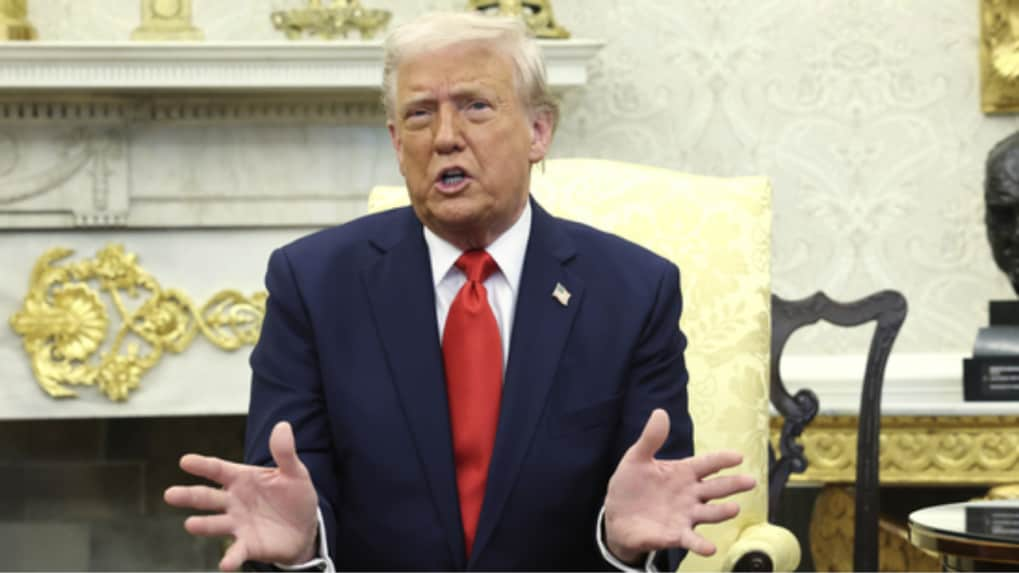Digital
Why OpenAI is hiring 100 ex-bankers: Inside the ChatGPT-maker's secret project to automate Wall Street's grunt work

A 50 percent tariff on Indian exports to the United States, ordered by President Donald J. Trump, will come into effect at 12:01 a.m. Eastern time on August 27. The US Department of Homeland Security confirmed the new duties, which will cover roughly $48.2 billion worth of Indian shipments, according to government estimates.
India exported $86.5 billion worth of goods to the US in fiscal year 2025. Nearly $60 billion came from its five largest export categories, according to reports. Labor-intensive sectors will take the hardest hit.
Here’s how the new tariffs break down by sector:
Engineering goods ($19.2 billion) – Now face 50% tariff. – Inputs like steel and aluminum were already under 50% since April.
Gems and jewelry ($9.9 billion) – Effective tariff: 52.1%.
Ready-made garments ($5.3 billion) – Tariff up to 63.9% — one of the steepest.
Textiles and apparel overall ($10.8 billion) – Significant exposure, with higher-than-50% duties in many subcategories.
Shrimp ($2.4 billion) – Duties rise to 60%.
Carpets ($1.2 billion) – Effective tariff: 52.9%.
Leather, footwear, agriculture, processed foods – All now subject to 50% tariff.
Organic chemicals – Total tariff rate: 54%.
Machinery and mechanical appliances – Effective duties: 51.3%.
Auto components ($6.6 billion in 2024) – $3.4 billion (mainly car and truck parts) face 25%. – The remainder subject to 50%.
Exemptions remain significant:
Electronics ($14.6 billion) – excluded.
Pharmaceuticals ($10.5 billion) – excluded.
Petroleum products ($4.1 billion) – excluded.
Also exempt: books, brochures, plastics, cellulose ethers, ferroalloys (ferromanganese, ferrosilicon manganese, ferrochromium), and computing equipment such as motherboards and rack servers.
What’s at stake
Global Trade Research Initiative estimates that $27.6 billion of Indian exports will escape the new duties for now.
Still, as much as $60.2 billion could ultimately be affected if the tariff scope widens.
The escalation highlights Washington’s more protectionist stance and threatens to ripple across India’s labor-intensive export industries.
In a wide-ranging interview with Storyboard18, Sorrell delivers his frankest assessment yet of how the deal will redefine creativity, media, and talent across markets.